Each climatic zone of our planet is unique and beautiful in its own way. The harsh beauty of the taiga does not leave indifferent everyone who finds himself among the moist aroma of the needles of centuries-old spruces, pines and larches.
Taiga can not be loved, but it is impossible not to admire it. And now we are mentally transported to the zone of dense taiga forests.
Location of the taiga zone
The taiga stretches in a wide strip across the northern part of Eurasia, capturing the territory of Canada, Alaska and some North American states. This natural the zone occupies 27% of the forests on our planet. Its northern part borders on the south of the forest-tundra zone.
In the central part of Russia, its southern borders run north of Moscow, and as it moves east, the taiga zone descends further south. In Siberia, it extends all the way to Altai.
Taiga vegetation
The nature of vegetation is usually determined by climatic conditions and the composition of the soil of the area.
The climate of the taiga is characterized by very cold winters and relatively warm but short summers. In Eastern Siberia in winter, the thermometer often drops to -50°C, while the lowest temperature recorded in this climatic zone is minus 68°C. Summer precipitation is not too abundant - from 200 to 750 mm per year, in some places 1000 mm. The high humidity of the region and permafrost prevent their evaporation, so the moisture stagnates and the soil becomes waterlogged. For this reason, the taiga zone is so rich in lakes and swamps.
For the taiga landscape, the most typical podzolic soils and slightly whitish podzols with a low humus content.
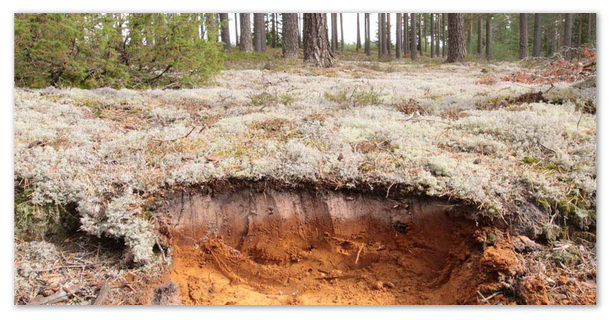
And only in the Far East, the soil has a brown color and a high content of humus. Humus is that component of the soil that contains the substances necessary for plant nutrition.
These circumstances have left their mark on the vegetation of this region. So spartan conditions withstand, mostly coniferous trees.
Broad-leaved species lack heat, light, and nutrients for their development. And only small-leaved ones - aspen, alder and birch occasionally delight the eye of a traveler who has wandered into the wilderness of the taiga.
tree types
Coniferous giants are usually divided into light coniferous and dark coniferous. The first category prefers good lighting, but is very frost-resistant. and are not so picky about lighting, but do not tolerate severe frosts and heat. They grow in the European part of the taiga, while light-loving and pine settled in the Asian region. Unlike other conifers, larch sheds its bright, soft needles for the winter, like deciduous trees.
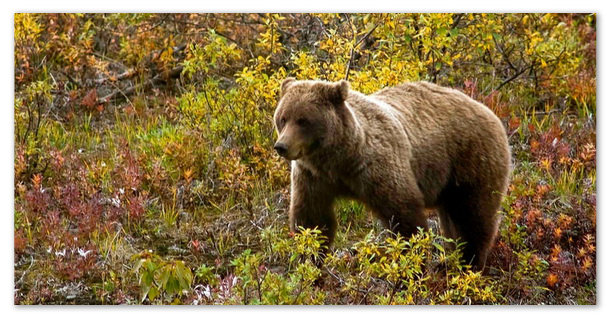
For a day, they are able to add as much as 3 kg in weight. Preparing for hibernation (anabiosis), the bears diligently gain weight and very carefully equip their winter "apartments". They look for dry places, dig dens in them and cover them with moss, dry leaves and needles. Passing in search of food hundreds of kilometers a year, they rush to their dens for the winter, where the females give birth to their cubs.
A typical representative of the animal world of the taiga are. Their weight can reach 80 kg. Developed intelligence, strong paws and powerful fangs allow them to overtake their victims, which can even surpass them in size. Wolves live in pairs, and only in autumn they gather in packs of 25-30 individuals.
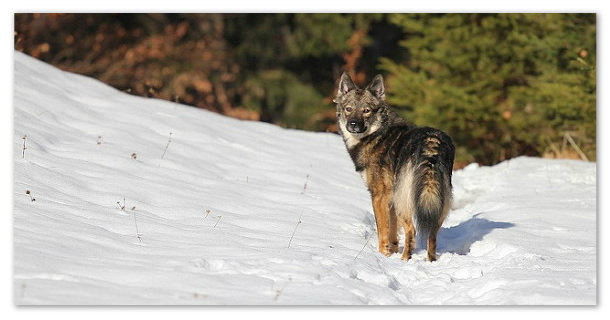
Lynxes, martens, wolverines, sables, and ermines also live in taiga forests.
In the forest thickets of the Far East, they found refuge and. Their number in nature is due to human intrusion into their habitat and predatory extermination by poachers. These magnificent felines are included in and work is underway to preserve them.
The bird world of the taiga is also diverse. Permanently live there, capercaillie and hazel grouse. Many species of birds prefer to wait out the cold winters in warmer climes.
land development
Taiga is called the guardian of the health of the Earth, her green lungs. And this is quite understandable. Huge green tracts of forests make it possible to maintain a sufficient concentration of oxygen in the lower layers of the atmosphere.
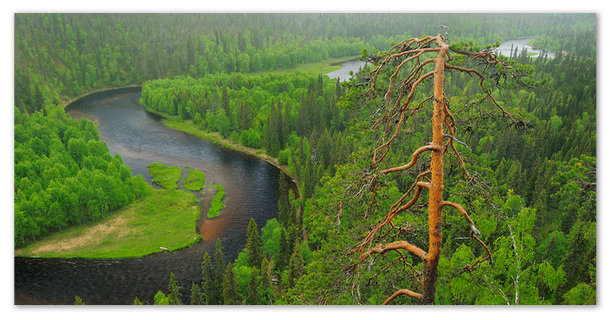
Endless taiga massifs are, first of all, huge stocks of timber very good quality. Deposits and gas have been discovered and developed here. The taiga zone is rich in reserves of graphite and mica.
The population of the taiga has long been a hunter of furs, fishing, picking nuts and berries.
Agricultural industries are gradually conquering more and more new spaces, moving from the south of the taiga to its northern regions. The presence of water meadows and forest pastures create good conditions for cattle breeding.
To study and protect this unique region, a number of national parks and reserves have been created, including the Barguzinsky Reserve (located on the right bank).
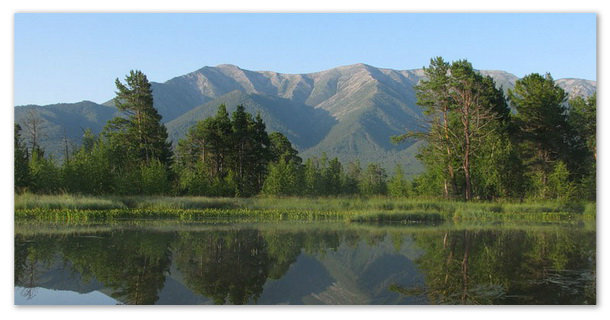
However, the selfless work of employees who, on duty and the call of the heart, strive to preserve this unique region, cannot give the desired results without the help of the local population. Only their joint efforts will enable future generations to enjoy the gifts of this land and admire its beauties.
If this message was useful to you, I would be glad to see you
